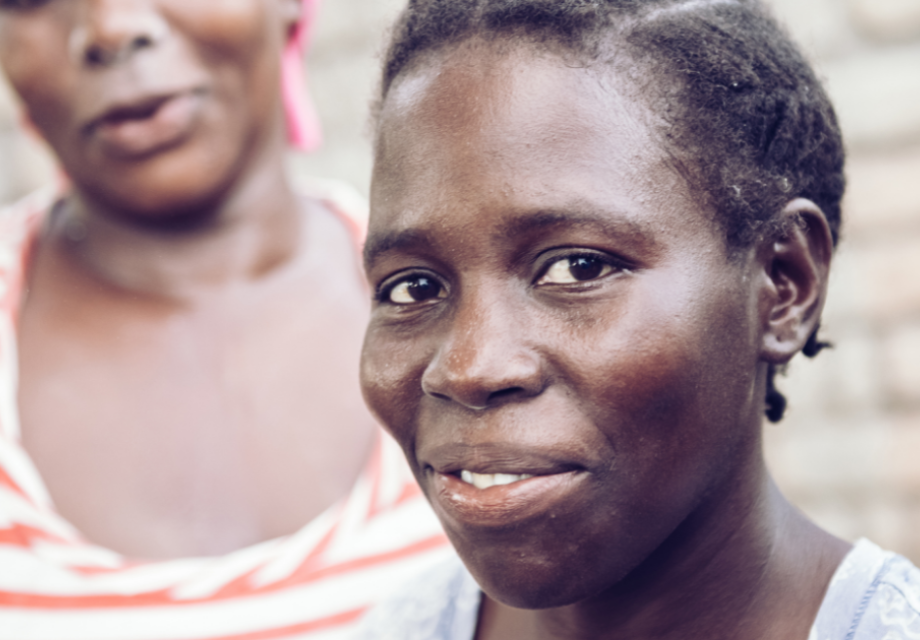How to improve assisted contact tracing after HIV diagnosis
Hester Phillips
29 April 2022
Supporting people with HIV to get their sexual partners and children to test has been recommended by WHO since 2016 but it has not been as effective as hoped. Could this be a way to improve it?
Focus group discussions in Malawi with those tasked with delivering assisted contact tracing have identified ways to improve the approach to reach more people with HIV.
What is the research about?
An HIV testing method called assisted contact tracing (ACT). This is when someone with HIV is supported by a health worker to get their sexual and injecting partners, children and family members to test for HIV. This is sometimes called ‘assisted partner notification’ or ‘index case finding’.
The World Health Organization has been recommending ACT since 2016.
Why is this research important?
A number of countries have adopted ACT, including Malawi. In Malawi, ACT is conducted by community healthcare workers and HIV diagnostic assistants, which are ‘lay’ or non-specialist roles.
The results from ACT have not been as good as expected. It has not been as successful at identifying people with HIV compared to the results achieved during ACT research trials.
In this study, researchers held focus group discussions with 11 facility and district supervisors, data collection supervisors and healthcare workers responsible for implementing ACT in Malawi. The aim was to identify the challenges of delivering ACT and what can be done to improve this.
What did they find out?
That delivering ACT is very complex. This is due to:
- the sensitive nature of discussing sexual behaviour
- the fact that someone with HIV might have multiple sexual partners, so will have multiple contacts
- challenges with getting correct contact information for each sexual contact
- concerns around the safety of the person with HIV due to disclosure.
Despite this level of complexity, there is minimal training for the health workers delivering ACT. This has led to ACT being delivered ineffectively.
For example, participants reported that health workers felt uncomfortable taking people’s sexual histories, did not understand which contacts needed to test, and did not know how to help people with HIV decide which tracing methods to use.
Pre-test counselling was conducted without sensitivity to stigma and intimate partner violence or abandonment.
What does this mean for HIV services?
Assisted contact tracing has the potential to reach more people with HIV and link them to lifesaving treatment. But it could put people with HIV in danger of violence and other ill effects if not delivered correctly. If ACT counselling is done ineffectively it might result in people with HIV providing incorrect or incomplete information about their contacts or this information not being properly followed up.
To address the potential issues around ACT it is important to train the health workers who are delivering it. This training should include the following elements:
- learning how to conduct effective ACT counselling
- watching someone conduct effective ACT counselling
- practising ACT counselling through role plays
- getting feedback for improvement.
Content should be audio- and video-based, so that people with low literacy levels can understand it. It should be delivered offline in case there are internet connectivity or data issues.
It is worth considering delivering training using a ‘blended learning’ approach. This combines (offline) digital training content, which people can fit around their schedules, with face-to-face sessions.
If you are coordinating ACT services, it is important to hold regular meetings to identify challenges, find solutions, recommend actions and monitor progress.
Get our news and blogs by email
Keep up-to-date with all our latest news stories and blogs by signing up to the Be in the KNOW news digest.
